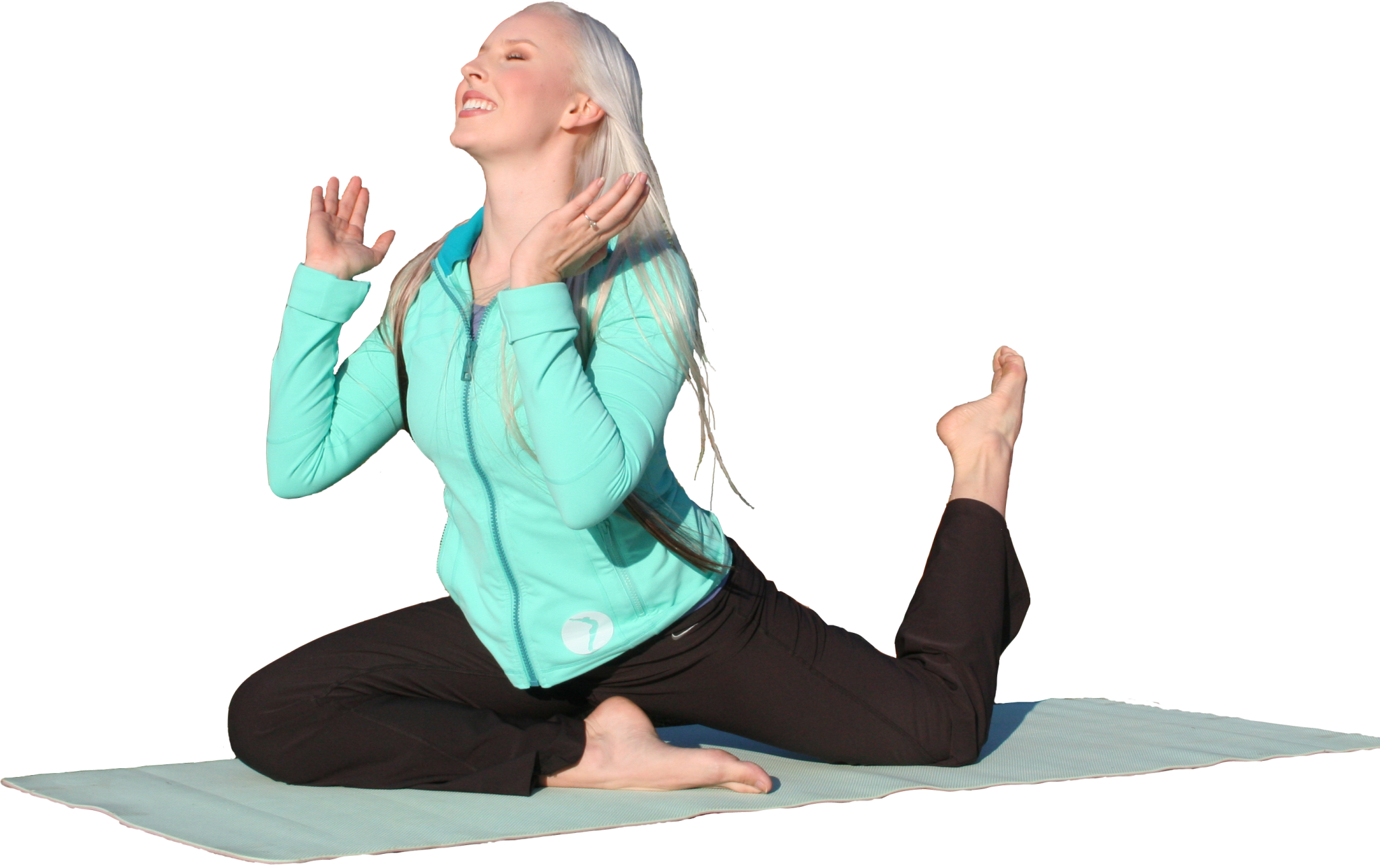How to Find Your BMI and RHR
Body Mass Index and Resting Heart Rate
BMI is used to track individual, objective changes in body fat.
- Re-assess periodically.
- Use the same formula, method and scales each time you re-assess your BMI.
- Weigh yourself at the same time of day each time you re-assess your BMI.
This simple BMI formula is a generalized measuring tool and the outcome may not take into account bone density or muscle mass. BMI is used to track individual, objective CHANGES in body fat. Other formulas that take into account waist and wrist measurement may be more accurate. BMI is limited to estimating body fat alone, not lifestyle or other factors in health. BMI is not perfect, but is an easy tool to estimate a healthy weight range.
(Note: To find out your ACTUAL weight of fat versus body mass, other methods like hydrostatic weighing or more accurate. However this requires a water tank and clinical environment. BMI is easier and though imperfect will track changes well enough.)
Why:
Having too much body fat presents a risk to health. (1.) World Health Organization. (WHO) Obesity and overweight. Fact sheet Number 311.)
How:
- Weigh yourself
- Calculate your weight in kilograms (kg)
- Measure your height in inches
- Calculate your height in meters (m)
- Divide your weight in kilograms (kg) by your height in metres (m)
- Divide your answer by your height
Example:
- Weight: 160 pounds.
- 1 pound (lb) = 0.453592 kg
- So 160 x .453592 = 72.57472 kg is your weight in kg
- Height: 65″ (5′ 5″)
- 1 inch = .0254 meter
- So 65 x 0254 = 1.651 m is your height in m
- 72.57472 kg divided by 1.651m = 43.96
- 43.96 divided by 1.651 = 26.63
This person is mildly overweight according to the WHO. Regular practice of WholyFit GBP combined with WholyFit Sole to Soul (walking) and a healthy diet will be a great remedy!
WHO BMI Recommendations
| BMI | Adult Men and Women |
| 18.5-24.9 | Healthy |
| 25-29.9 | Overweight |
| 30 or over | Obese |
Resting Heart Rate is an indicator of the training effect.
- If your RHR is high on a particular day, it indicates that your heart is working hard and you may be overtraining or tired. Once it goes back down to it’s normal value, you have recovered.
- With regular exercise, over time, your RHR should should go down. This indicates a “training effect.”
- You may be able to exercise at a higher cardio intensity than before without feeling a difference in exertion.
How:
Check your pulse by placing your middle finger in the valley on the side of your neck (between your Adam’s Apple and sternocleidomastoid muscle.) When you wake up in the morning, before you get out of bed, or when you are at rest, count your heart beats for one minute.
Why:
A lowered RHR is an encouraging real, measurable result of the training effect. With regular exercise, your heart will begin pumping more efficiently and your lungs will get healthier. Your heart is getting stronger. Your body now works less to accomplish the same tasks, like oxygenation of your body. Over time, your heart will be less taxed during exercise and normal life. If your RHR is consistently above 100 BPM (beats per minute) you need to find out why. If your heart rate is very low accompanied by dizziness, fainting or shortness of breath, check with your doctor to find out why.
Mayo Clinic Recommendations
| A normal adult RHR is between 60 and 100 beats per minute. |
| Generally, a lower heart rate indicates a heart that is more efficient. |
For example my karate coach (this is Laura) was 60+ years old, but is so well trained that his RHR is 40 BPM!
